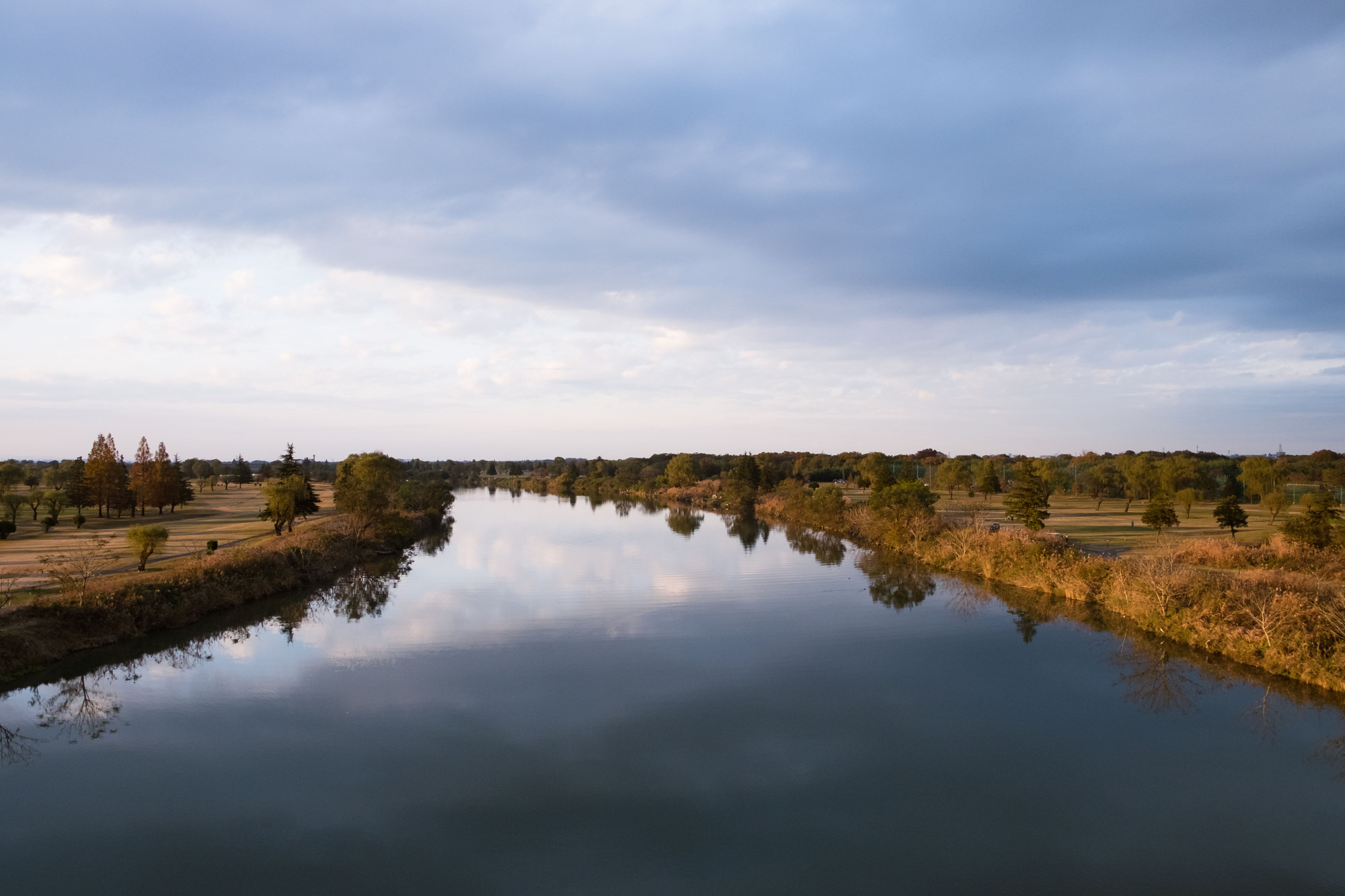For much of its history Tokyo was known as city of water. Like Venice or Bangkok, canals were the arteries of commerce, and life was lived in close proximity to rivers and creeks. But that legacy was, for the most part, hidden under concrete in the rushed development leading up to the 1964 Tokyo Olympics.
There are still places where Tokyo maintains a connection to its aquatic past. The 173-kilometer Arakawa River, which forms part of the border between Saitama and Tokyo, is one of them.
The Arakawa is no longer the wild, flood-prone river it once was. Its destructive potential has been mercifully, if not beautifully, tamed by Japanese engineering. Today, the tall reinforced banks that border the river provide a space for Tokyoites to gather, exercise, paint, drink, relax and reconnect with the "water city" of the past.


















With your current subscription plan you can comment on stories. However, before writing your first comment, please create a display name in the Profile section of your subscriber account page.